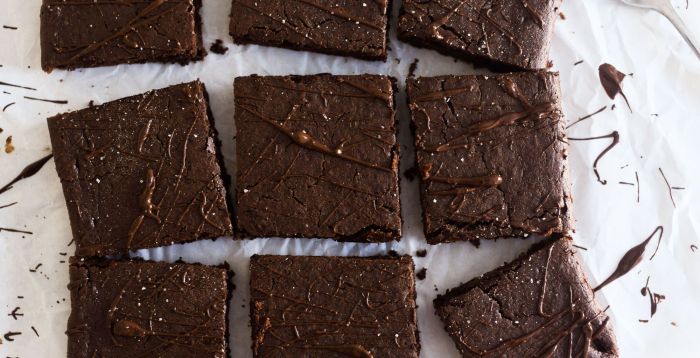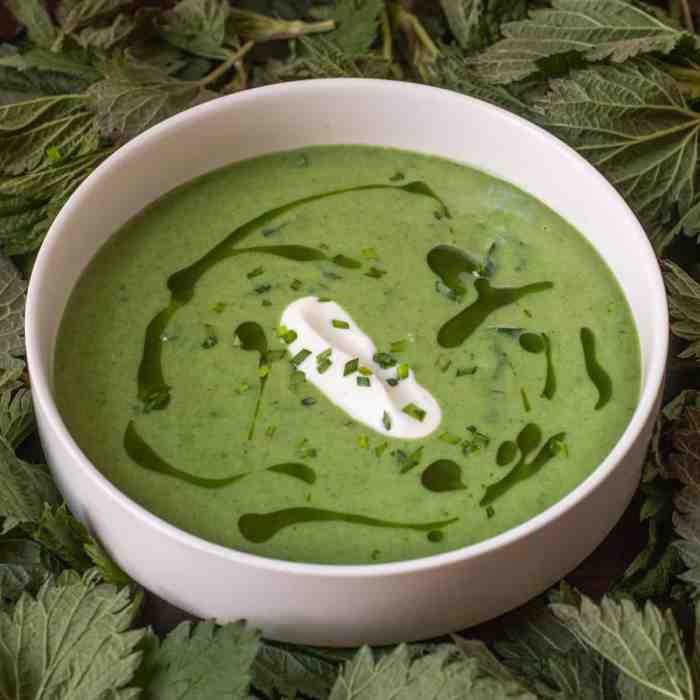Influence of Music and Pop Culture

Men’s 2000s fashion – The 2000s saw a significant interplay between music, pop culture, and men’s fashion. Hip-hop and R&B, in particular, exerted a powerful influence, shaping trends and inspiring countless imitators. The styles of prominent musicians and celebrities became aspirational, driving the adoption of specific garments, accessories, and overall aesthetics. This influence transcended musical genres, impacting broader fashion choices for young men across diverse backgrounds.
Hip-Hop and R&B’s Impact on Men’s Fashion
Hip-hop and R&B artists played a pivotal role in popularizing several key fashion trends of the 2000s. From baggy jeans and oversized jerseys to fitted suits and designer accessories, these genres’ stylistic choices significantly impacted mainstream men’s fashion. The emphasis on individuality and self-expression within these musical scenes fostered a diverse range of styles, all contributing to the era’s eclectic fashion landscape.
The influence extended beyond specific garments; it also encompassed attitudes towards branding, layering, and the overall presentation of personal style.
Iconic Outfits and Their Inspirations, Men’s 2000s fashion
The following examples illustrate how specific musicians and celebrities shaped men’s fashion in the 2000s. These individuals, through their music and public image, popularized styles that resonated with a wide audience and continue to influence contemporary fashion.
Men’s fashion in the 2000s saw a resurgence of certain styles, often drawing inspiration from previous decades. Interestingly, a key influence on some 2000s trends was a revisiting of certain elements from the men’s fashion from the 60s , particularly in the use of slimmer fits and bolder colors. This retro-inspired approach, however, was often updated with contemporary details, creating a unique blend of vintage and modern aesthetics in men’s 2000s clothing.
- Jay-Z: Often seen in tailored suits, often featuring bold colors and luxurious fabrics, Jay-Z elevated the status of the fitted suit within hip-hop culture. His sophisticated yet assertive style became synonymous with success and urban cool. He frequently paired suits with crisp white shirts and subtly branded accessories, contributing to a refined, high-fashion interpretation of hip-hop style.
- Kanye West: Kanye West’s style was characterized by a unique blend of high fashion and streetwear. His early career saw him sporting a variety of styles, from baggy jeans and graphic tees to more polished looks featuring leather jackets and designer sneakers. He consistently pushed boundaries, experimenting with bold colors, layering, and unconventional combinations. This willingness to experiment helped to popularize the fusion of high-end and casual wear.
- 50 Cent: 50 Cent’s style, often featuring crisp white tees, fitted jeans, and flashy jewelry, embodied a gritty yet stylish aesthetic. His influence cemented the popularity of specific brands and styles of clothing within the hip-hop community. The simple yet impactful nature of his attire demonstrated the power of clean lines and high-quality basics.
- Usher: Usher’s style was marked by a blend of urban and contemporary fashion. He often incorporated elements of R&B style, including fitted clothing, vibrant colors, and often accessorized with statement pieces like hats and chains. His polished yet approachable style resonated with a broad audience, showcasing the versatility of R&B-inspired fashion.
Evolution of Footwear Styles: Men’s 2000s Fashion

The 2000s witnessed a dynamic shift in footwear trends, mirroring the decade’s diverse musical and cultural landscape. From the athletic dominance of sneakers to the resurgence of boots and the enduring presence of sandals, footwear choices reflected evolving styles and social contexts. This section will explore the rise and fall of key footwear trends, brand popularity, and defining design elements of the era.The decade saw a complex interplay between established styles and emerging trends in footwear.
Sneakers, already popular, exploded in both variety and cultural significance, while boots experienced a revival, and sandals maintained a consistent presence, adapting to changing fashion sensibilities. This evolution was driven by advancements in technology, shifts in popular culture, and the influence of celebrity endorsements.
Sneaker Dominance and Brand Competition
The 2000s were undeniably the era of the sneaker. Brands like Nike, Adidas, and Reebok fiercely competed for market share, releasing numerous iconic models that remain recognizable today. Nike’s Air Force 1, Air Max 90, and various Jordan releases enjoyed sustained popularity, often becoming status symbols and cultural touchstones. Adidas capitalized on collaborations with hip-hop artists and designers, resulting in the success of models like the Superstar and the emergence of the Yeezy line later in the decade.
Reebok, while maintaining a presence, saw less overall market share compared to its competitors. The competition spurred innovation in design, technology, and marketing, shaping sneaker culture as we know it.
The Resurgence of Boots
While sneakers reigned supreme, boots experienced a significant comeback, particularly among specific subcultures. Combat boots, previously associated with military or punk aesthetics, found renewed popularity in mainstream fashion, often styled with skinny jeans and graphic tees. Other boot styles, including ankle boots and heeled boots, also gained traction, reflecting a broader shift towards more varied footwear options. This resurgence demonstrated a move beyond purely athletic footwear, embracing a more diverse and expressive approach to personal style.
Sandals and Flip-Flops: Enduring Staples
Sandals and flip-flops, despite the rising popularity of sneakers and boots, remained a consistent presence throughout the 2000s. Their practicality and comfort ensured their enduring appeal, especially during warmer months. While basic designs remained popular, some brands introduced more fashionable variations, incorporating embellishments and different materials to cater to evolving trends. Their presence highlights the continued demand for simple, functional footwear alongside the more elaborate and trend-driven styles of the decade.
Key Design Features of 2000s Footwear
Several key design features characterized 2000s footwear. Bold color palettes, often incorporating neon hues and vibrant combinations, were prominent. Visible branding and logos were also highly prevalent, often acting as a statement of brand allegiance. Technological advancements in cushioning and support systems were integrated into many sneaker designs, enhancing comfort and performance. Finally, a variety of materials, including leather, suede, canvas, and various synthetics, were utilized to create diverse textures and aesthetics.
Timeline of Popular Footwear Styles
| Year | Trend | Description |
|---|---|---|
| 2000-2003 | Early 2000s Sneaker Boom | Nike Air Max 90, Adidas Superstars, Reebok Classics dominate. Emphasis on bold colors and chunky designs. |
| 2004-2007 | Rise of the Boot | Combat boots and ankle boots gain mainstream popularity. Styles range from rugged to more refined. |
| 2008-2010 | Sneaker Evolution and Collaboration | High-top sneakers, increasingly elaborate designs. Significant rise in collaborations between brands and artists. |
Popular Questions
What were some common accessories worn by men in the 2000s?
Baseball caps, bandanas, chunky belts, and layered necklaces were popular accessories.
Did any specific colors dominate men’s fashion in the 2000s?
While varied, denim washes, bright colors like neon, and camouflage prints were prevalent.
How did the 2000s menswear differ from the 90s?
The 2000s saw a move away from the grunge and oversized silhouettes of the 90s towards a more fitted, often low-rise, and trend-driven aesthetic.
What brands were particularly influential in men’s 2000s fashion?
Brands like Rocawear, Sean John, and G-Unit Clothing were highly influential, alongside established brands that adapted to the trends.



